#onna-bugeisha
Text
Artist Paints Striking Portraits of Real Women of Color as Fearless Female Warriors
by Regina Sienra - My Modern Met, August 5, 2024

“Ebony Obsidian the Unbreakable”
Artist Tim Okamura first heard about Tomoe Gozen, a Onna-Bugeisha or “woman warrior” about 10 years ago, but the story stuck with him ever since. “I think the fact that the female samurai fought alongside men, had the same responsibilities and expectations resonated with me deeply,” he tells My Modern Met. In this figure, he found a creative engine, sparking a powerful series of paintings titled Onna-Bugeisha, where women of color are ready to take a stand and emerge victorious in a dystopian near future.
Okamura felt drawn to depict women from underrepresented communities both due to having grown up with a diverse group of friends and the lack of representation in portraits he saw in the galleries and museums he visited. “I felt called to consciously focus on creating work, specifically portraits based in an academic tradition, of people who were missing from the museums, people of color, whose stories deserved to be captured on canvas, with great care and reverence,” he says.
In his paintings, women don ornate kimonos and traditional garments, but also hold katanas with a defying look in their eyes. The highly realistic approach goes beyond Okamura's proficient use of light and shadow in their expression. He expertly depicts the veins and bruises on their arms, as well as the texture of natural hair. While hands have been a perennial challenge for painters, Okamura appears to depict them effortlessly, even reveling in painting them in different poses.

“The Northern Emissaries”
The artist shares that he has always loved the challenge of painting faces and putting human stories on canvas, which has in turn influenced his style. “Portraying someone in a way that both celebrates them as an individual and points to a larger metaphor for the human condition has always been important to me. Therefore I've always worked in the mode of realism. I think my technique has developed over time to be more impasto (thicker paint), textured, and with more push and pull on the paint surface, and with more exploration of abstraction, or micro-abstraction, in my backgrounds.”
The women depicted in his paintings are all real women he knows personally and commends for their positive energy. “At the risk of sounding cliché, seeing the inner light projecting outward as an important consideration when choosing my subjects, whether the painting is about them specifically, or whether they are playing a role, such as that of a female Samurai, as in the Onna-Bugeisha series,” Okamura says. “I feel very fortunate that I've found such great alignment with the spirit of the work, and the women who have participated in the process. Having an energetic connection I think is key to creating the best work possible.”
Aware of the threat women's rights are facing around the world, Okamura felt compelled to create this group of fearless heroes. “I believe the role of the artist is to open up avenues to alternate, constructive pathways and to establish new visions through elevated narratives,” he concludes. “I hope the Onna-Bugeisha series will inspire viewers to get unstuck from the muck and mire of discrimination and prejudice and can offer inspiration for a better future women warriors will play a key role in building.”

“Yaya the Demon Slayer”

“The Expectant Guard”

“The Fatal Crane”

“Lethal Hummingbird and Golden Fox”

“Luminescence”

“Conduit _ Conductor”

“Lighthouse Fire”

“Laws of Nature”

“Encouraging Words (Omoiyari)”

“Eventide (Song of Liberty)”

“Safe Space”
Tim Okamura: Website | Instagram
21 notes
·
View notes
Text
ORIGIN PC exclusive Onna-Bugeisha bundle available now
ORIGIN PC exclusive Onna-Bugeisha bundle available now #originpc #pcgamer #scuf #corsair #pcdesktop #onnabugeisha #sutocustoms
The new ORIGIN PC Onna-Bugeisha bundle features a high-end gaming PC with exclusive artwork by Suto Customs. Additionally, a matching SCUF Envision controller and CORSAIR K70 RGB PRO Mechanical Keyboard offer users their choice of control scheme. Here’s the press release:
Bold and Beautiful – Exclusive Onna-Bugeisha bundle available now
Elevated gaming experiences await with a high-end PC,…

View On WordPress
0 notes
Text
0 notes
Video
女武芸者 par Cokaïna 🐼
Via Flickr :
onna-bugeisha
1 note
·
View note
Text
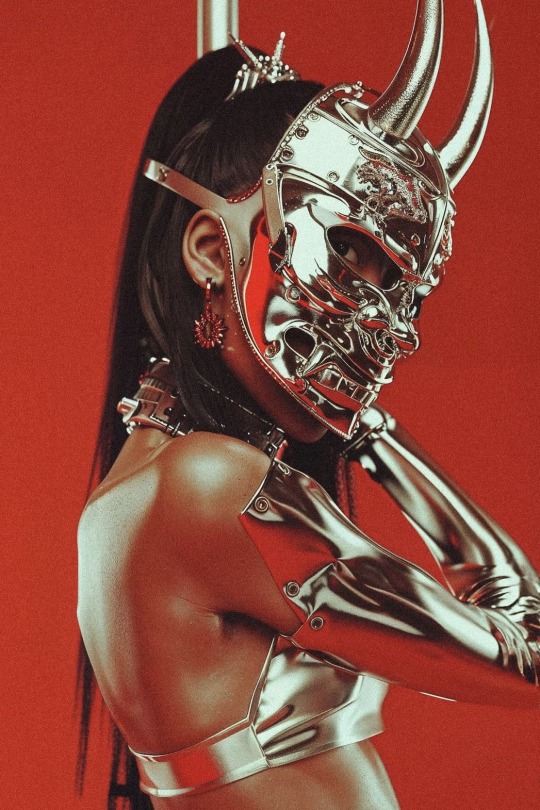
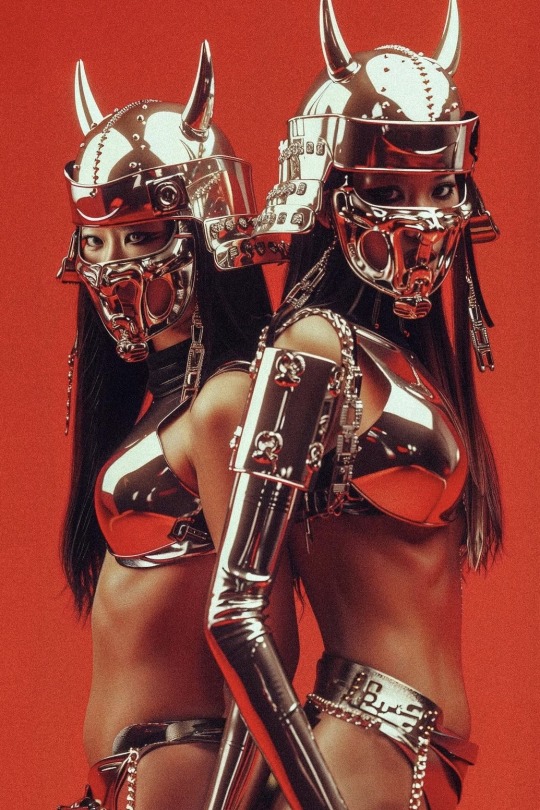
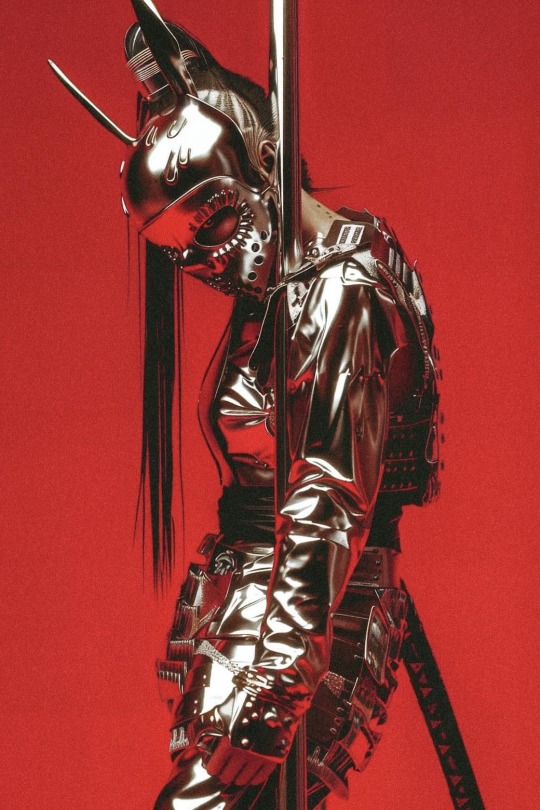

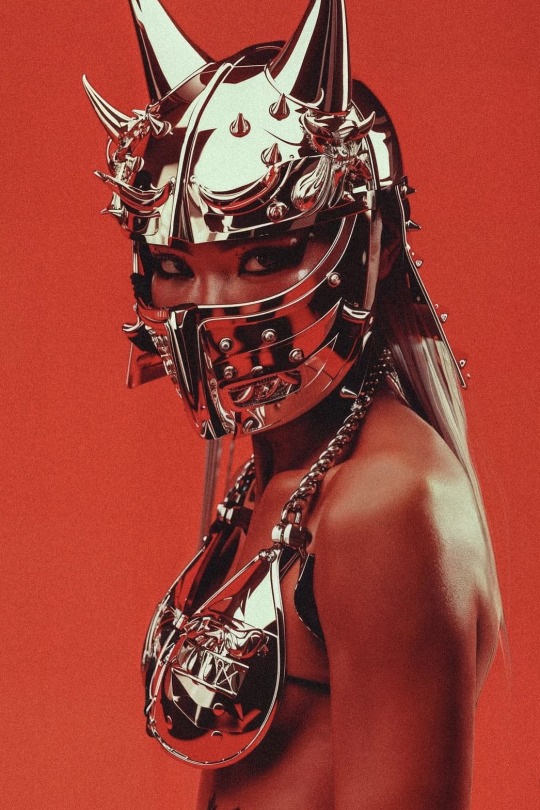
Source
#photo shoot#photography#samurai#japan#onna bugeisha#red#shiny#armor#asian beauty#sexy#warrior#katana
779 notes
·
View notes
Text

Onna Musha by @samurai_yokai_ai
Onna-musha (女武者) is a term referring to female warriors in pre-modern Japan. These women fought in battle alongside samurai men. They were members of the bushi (warrior) class in feudal Japan and were trained in the use of weapons to protect their household, family, and honour in times of war Some of the most famous onna-musha were Empress Jingū, Tomoe Gozen, and Hangaku Gozen, who demonstrated remarkable courage, skill, and leadership in various wars and conflicts Onna-musha have an important presence in Japanese literature, art, and culture, as they represent the strength and spirit of Japanese women!
#onna bugeisha#samurai#samurai girl#warrior#japanese#onna musha#martial arts#martial arts girls#ai art#ai artwork
540 notes
·
View notes
Text


The Valiant Red Peony : Red Peony Gambler (1968)
Set during the Meiji era, RED PEONY GAMBLER stars Fuji as Ryuko Yano, the daughter of a gambler. When her father is murdered, Ryuko takes on a new name derived from the crimson flower tattooed on her shoulder – “Oryu, the Red Peony” – and sets out for revenge.
One thing I noticed about Japanese films is the use of flower names to reflect their character like in Shogun (2024) and Yae no Sakura (2013). Here, Red Peonies are flowers that can live over 100 years and thrive in cold winters, indicating that she survived the worst.
youtube
As mentioned in my earlier post, Asian films like Japanese films have always featured strong women who are feminine, gentle and caring with those they love and care but fearless, cunning, steadfast and a force to be reckoned with, against enemies.
There are numerous films such as this, Lady Snowblood (1973), Crimson Bat : The Blind Swordswoman (1969), Undercover Geisha (2003) & Ichi (2008), and anime such as Carried by the Wind: Tsukikage Ran (2000), Joran : The Princess of Snow and Blood (2021) & Hell's Paradise: Jigokuraku (2023).
They inspire Hollywood shows like Kill Bill (2003), Blue Eye Samurai (2003) and Shogun (2024). Japanese films are underrated, especially the old ones that I feel it's wasted that most of these shows are not available on global mainstream sites for the world to enjoy and appreciate. But it's good to see people becoming aware of them.
#the valiant red peony#red peony gambler#hibotan bakuto#sumiko fuji#lady snowblood#crimson bat#the blind swordswoman#undercover geisha#ichi#tsukikage ran#joran the princess of snow and blood#hell paradise jigokuraku#kill bill#blue eye samurai#yae no sakura#shogun#japan#japanese films#onna musha#onna bugeisha#period drama#jidaigeki
43 notes
·
View notes
Text

The onna-musha are a great example of how traditionalism and women empowerment are not always apposing ideas!
🇯🇵🚺🏯
#history#onna musha#japan#onna bugeisha#naginata#womens history#feudal japan#girl power#1800s#warrior women#samurai#military#traditional practice#japanese history#1600s#grl pwr#women empowerment#edo period#strong women#meiji restoration#military history#traditional femininity#nickys facts
9 notes
·
View notes
Text
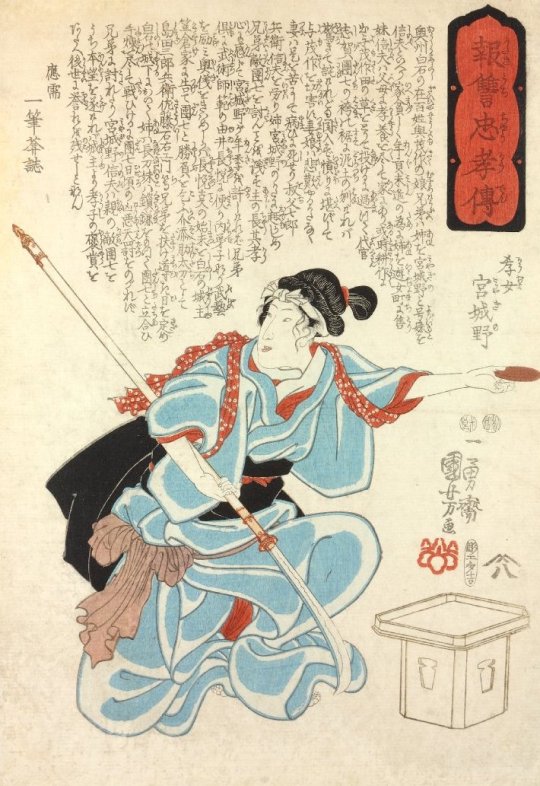
KOJO MIYAGINO: The Filial Using a Naginata (mid 1800s). Woodblock print, oban tate-e. 36.90cm x 25.40cm. British Museum.
What comes to mind when you hear the word samurai? Men wielding katanas? Ironclad Japanese warriors about to strike a blow? Or perhaps a robed samurai on the verge of self-sacrifice.
How about a kimono-wrapped lady on the verge of kicking ass?
While most women in feudal Japan were expected to adhere to traditional roles, samurai as a rising warrior class (actually called “bushi” before the Kamakura Period) included both men and women. However, "samurai" was a term reserved for men. Women "samurai" were deemed onna-musha (a female warrior on the offensive) or onna bugeisha, a warrior woman on the defensive.
Onna musha were rarer than their onna bugeisha counterparts, who were nevertheless formidable women. Onna bugeisha were trained in martial arts to defend their homes against the frequent ransacking that took place during the Warring States Period in feudal Japan. Their weapon of choice was the naginata, a curved sword mounted on a pole, first used by warrior monks in 750 A.D.
#onna musha#onna bugeisha#female samurai#japanese warrior women#warrior women#kamakura period#naginata#samurai#japanese history
19 notes
·
View notes
Text
AAAAAAAPRIIIIIIL OOOOOO'NEEEEEEIL!
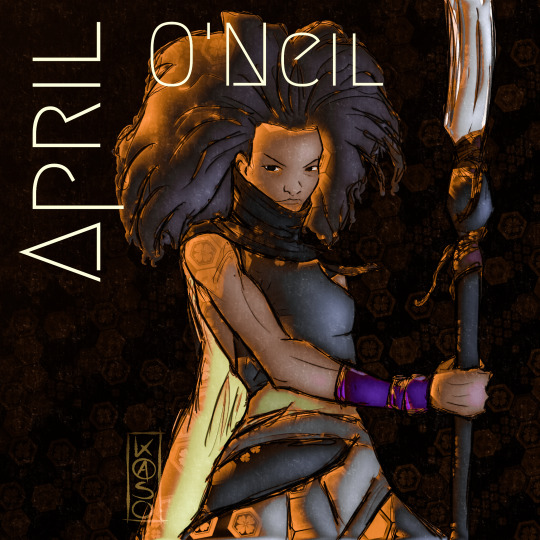



CHOOSE YOUR FAVORITE AND REBLOG WE NEED MORE ASS KICKING WOMEN LIKE HER!
I made her an onna bugeisha in my fanfic - a female Samurai (which really existed). Check out her Naginata!
Masterpost
Patreon 18+
THERE IS MORE AAAAARGH ⬇️

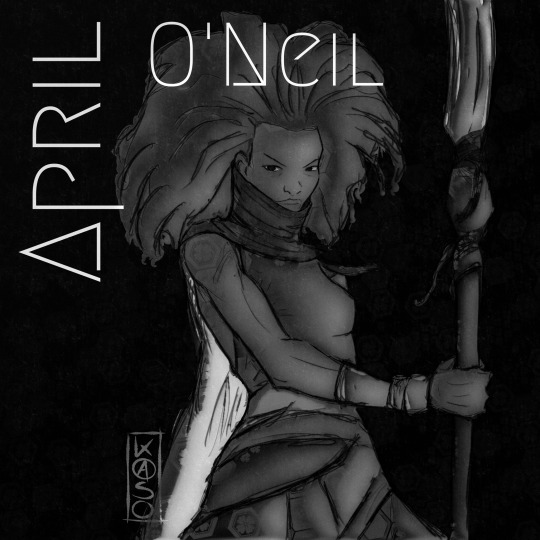
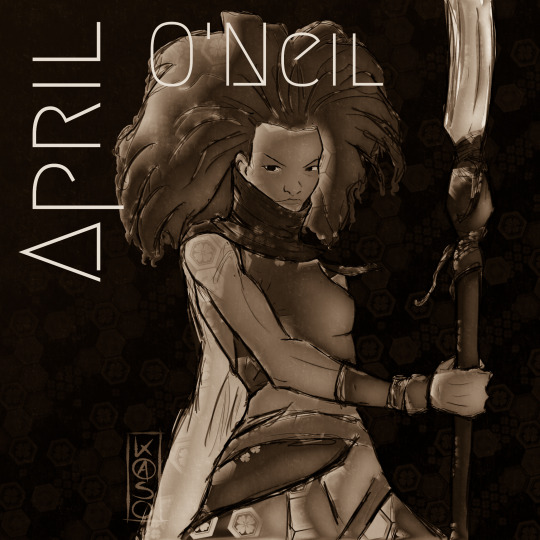
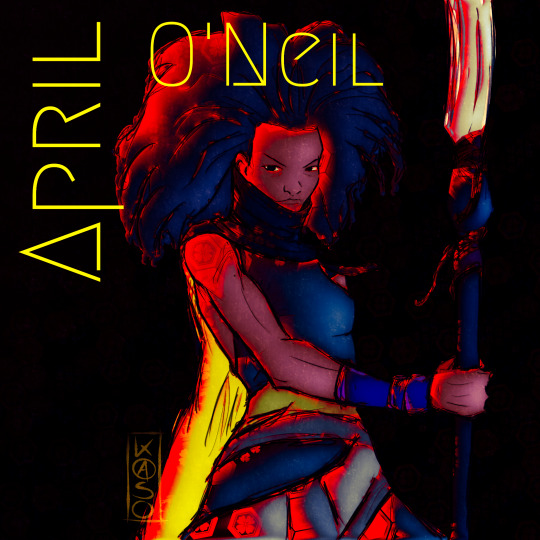
#rottmnt#rise of the tmnt#rise of the teenage mutant ninja turtles#unpause rottmnt#rottmnt art#my art#rottmnt april#tmnt april#april o'neil#rottmnt april o'neil#tmnt april o'neil#feminism#riot grrrl#female samurai#onna bugeisha
12 notes
·
View notes
Photo

Onna — Bugeisha — The Mighty Samurai Warrior
In periods like Heian and Kamakura , within the samurai class there were also female members, known as Onna-bugeisha , who excelled and were even present on the battlefield although they were the exception rather than the rule. These women fought alongside male samurai primarily in times of need.
The onna-bugeisha or warrior women were very unusual, although there were some very famous warriors such as Tomoe Gozen (late Heian period) and Nakano Takeko (1847–1868). There is also a legendary figure, Empress Jingū (c. 169–269 AD), who is said to have also been a female samurai, who used her skills to inspire economic and social change in early Yamato Japan. According to legend, after her husband Emperor Chūai (Japan’s 14th Emperor) was killed in battle, she led an expedition west (in what is now Korea) around AD 200. C. returning victorious. Although the figure of Empress Jingū is surrounded by controversy since many historians believe that the accounts that are told of her are fictitious or misleading, Empress Jingū and the onna bugeisha despite having been a very small group of members in the Japan’s feudal era, represent a very important presence in its history.
Empress Jingū (b. 169 AD — d. 269 AD)
Bushi (samurai) women were mainly trained with the naginata (薙刀) for its great versatility against all kinds of enemies and weapons. This training ensured protection in communities and towns that lacked men who could fight. Historically, many women used a version of the tantō , called a kaiken (a type of dagger) for self-defense, however the onna-bugeisha learned the art of tantōjutsu to fight in battle.
Continue Reading >>>
25 notes
·
View notes
Text
Dive into the captivating world of the Samurai Love Collection, where the timeless legacy of the samurai meets the fierce spirit of the Onna-bugeisha, or female warriors of ancient Japan. These courageous women, also known as Onna-musha, fought alongside their male counterparts with unparalleled skill and determination. Trained in the art of warfare and armed with weapons like the Naginata, they defended their households, families, and honor on the battlefield.
The Onna-bugeisha were not merely spectators of war; they were active participants who played a crucial role in Japan's military history. While their male counterparts were often away at war, these formidable women took up arms to protect their homes and communities. Their unwavering loyalty, resilience, and unwavering commitment to duty earned them respect and admiration among their peers.Despite facing societal norms and gender stereotypes, the Onna-bugeisha shattered expectations and proved their mettle on the battlefield.
Their bravery and prowess in combat are celebrated in art, literature, and folklore, serving as a testament to their enduring legacy.In this collection, we pay homage to these extraordinary warriors, with pieces inspired by their bravery and resilience. From the graceful strokes of the brush to the bold splashes of color, each artwork reflects the spirit of the Onna-bugeisha and the rich history of the samurai tradition.
I grew up with juijitsu, boxing love and cars.Shaolin temple, kung-fu shows and by goddess even silent martial arts movies playing all day Sunday as I did chores & studies.I stick to swords,Nei & chi kung & the Art so def more to come
Find out more about these fierce warriors in the blog
Find Awesome Sauce art on great products at
And Traditional Multimedia Art on Canvas renditions and many one of a kind originals always going up at
#Samurai#sword#Geisha#onna bugeisha#energy#Courage#DeviMea#Art#Chillosophy#Artist#Writer#Samurai art#female warrior#japanese culture#japanese beauty#Beauty#beautiful women#Love#Anime#anime and manga
2 notes
·
View notes
Text

Samurai, by 若若秋
14 notes
·
View notes
Text
<= Prev. Dad!Jei
Mama!Jei AU
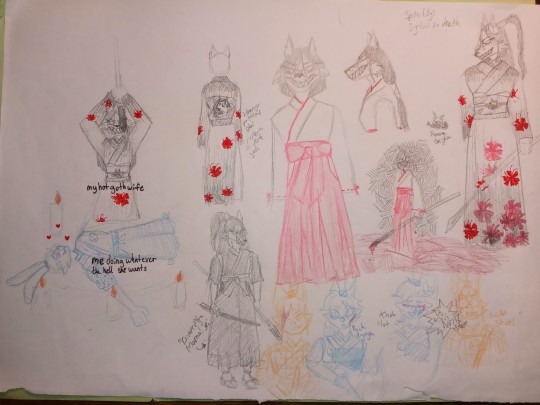

So for this, by the time of Miya's descendants Yuichi Shuri(Usagi's Aunt) and Yuichi Kyuya (Usagi's Dad) are fighting in the wars (as alluded to in the convo between Fuwa and Auntie) Jei's latest host was a Miko.
They meet on the battlefield or around those parts

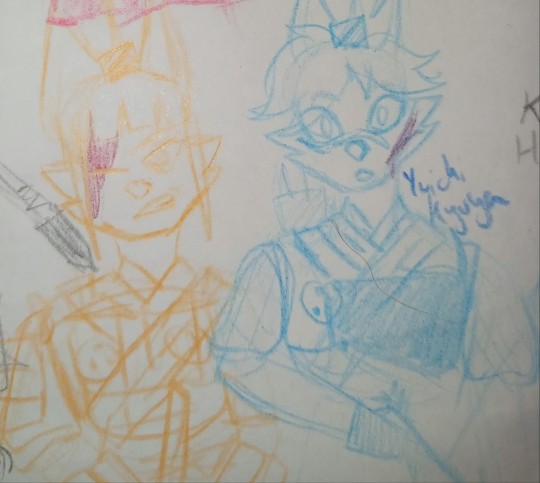

In all Parent!Jei AUs Usagi's parent has... questionable taste...and Shuri suffers for it.
But the Miyamoto rizz lives on and Jei actually does get wifed up


Of course as seen in the show, Usagi's parents are nowhere to be found and there has to be a reason for that
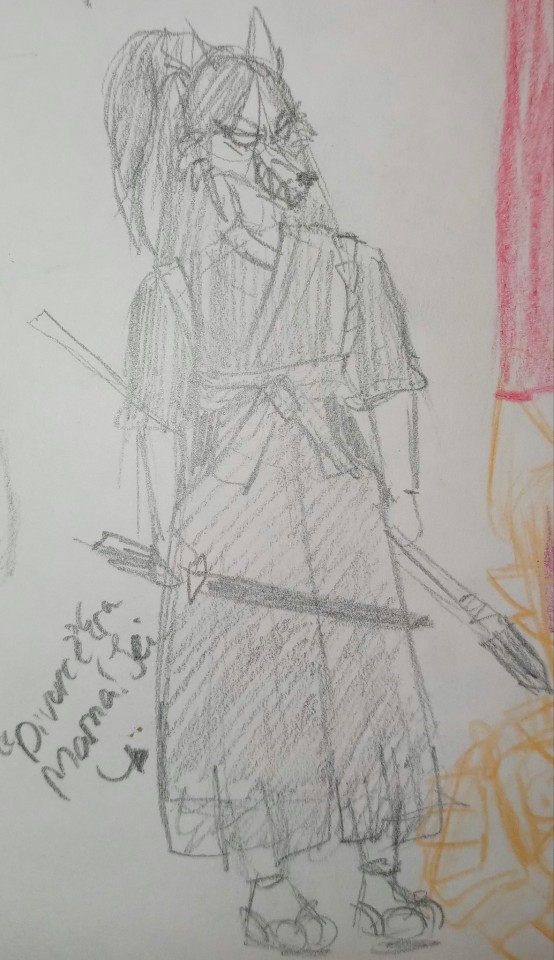
Which can be for two reasons:
Yuichi's dad died from an illness and Jei's gods were like, "damn, that sucks, oh well the boy's Aunt can raise him we've got sinners to kill chopchop." And she bounced.
She killed him :(
The only one with potential for a sorta happy ending for Usagi is Option 1, as he just has an evil murder-happy mom who calls him "[her] innocent" and is overjoyed to reunite with him but wants him to follow her footsteps of slaughtering sinners. But she gives him pointers on his form? So it's fine maybe? (It is not fine Usagi use your yo-yo on her!-Neo Edo Orphan Gang+Tetsujin&Auntie)
Mama!Jei Alt. Ver. AU
Cont. =>
#jei#jei usagi yojimbo#srtuc#yuichi usagi#jei the demon priest#jei blade of the gods#srtuc au#samurai rabbit: the usagi chronicles#samurai rabbit#the usagi chronicles#mom!jei au#yes this au was partially because of Inazuma and i miss badass evil ladies#her divorce/widow era clothes are based off comic Jei and onna bugeisha#mybart
6 notes
·
View notes
Text

119 notes
·
View notes
